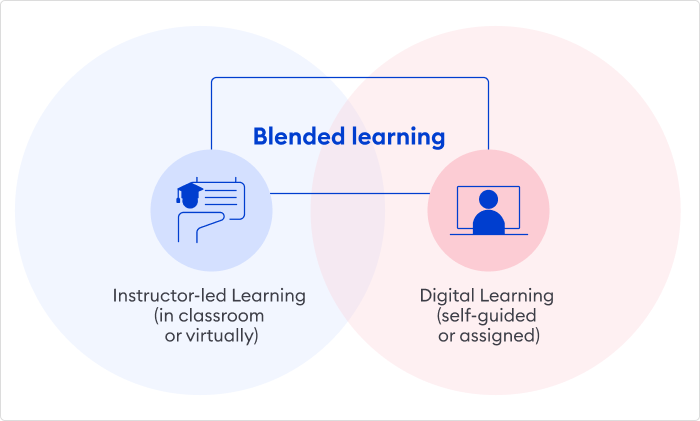In the Middle of Things
Analyzing each of my blog posts including: my creative responses, my love letter and my braid I have come across a variety of themes and questions I have begun to ask myself. I have come to the realization that I am beginning to sound eco-literate but this makes me pose one question: am I sounding this way because I am suppose to or am I actually beginning to embody the environment?
My first theme I am beginning to see is this idea that the environment is a relationship between nature and people and one without the other is not able to function. In my first blog I stated “environment to me means the world itself and within the world how plants, humans and animals are able to operate and interact,” which inevitably shows how the environment is composed of many different things and involves interactions. Kealey’s comment made me ponder and dig deeper into my understandings than I ever thought of before. She asked “What do you think is the most important part of connecting to the environment? What is the purpose?” I am still not sure of the ‘right’ answer, but in my opinion I think it is vital to connect to the environment because it is composed of many relationships and without these relationships we would not have an environment. The purpose is to continue to have this beautiful environment/world by constructing relationships. Through my second blog I talk about how people contribute to climate change and it is important that we realize our faults so we can change and save the world. I state, “By being that change, you are embodying the environment and creating a relationship between you and nature,” I continue to show how this is interaction between humans and nature is essentially destroying or building up the environment. One relies on the other and it is important that both are stable. In my Ecoliteracy love story I am trying to embrace the environment and build up my relationship between myself and nature. “I hopelessly wish I loved winter as much as you do. You make the best of the season and I aspire to be more like that,” which shows that it is important to realize that people are apart of the environment and by learning to embrace it, you will help yourself. Capra (2007) discussed, “Nature sustains life by creating and nurturing communities. No individual organism can exist in isolation. Sustainability always involves a whole community” (p.14). To add on to this idea in my braid, I analyzed Erin and Kealeys poems in comparison to mine. Summed up, we discussed the importance of embracing the environment and how those interactions between ourselves and nature reflect the environment. The relationship between people and nature is key.
Another theme I have repeated throughout my blogs is theory of critical thinking. My blog 2, blog 3 and my embodying ecoloiteracy group assignment is where I found this theory to occur most. “It is important everyone begins to embody the environment. Appreciate it. Love it. SAVE IT. WE can do this by becoming educated and realizing our faults,” we will be better able to see how we contribute and/or kill the environment. Morgan’s comment stated, “… becoming educated and aware of our faults allows us to truly embody ecoliteracy! Moving past ourselves is definitely a key component!” By us moving past ourselves we are able to see what this world has to offer and allow ourselves to build that key relationship. Newbery (2012), stated how “Wilderness and nature are called into being by the meanings given them, are constituted by their own representation, they are human creations and those subject to whims and politics of human activity” (p.35). Inevitably, this quote itself shows this idea of critical thinking. Everything has a story and every story has a different meaning behind it. The environment has many stories but it is important to think outside of the box and not solely about your own story but others as well.
I have begun to see this theme of ignorance. I have ignored Treaty Education completely. I think mainly why I have ignored it is due to the fact when I went to school in Alberta we never learned about this. We had Social Studies classes, but that was about the world and did not go back into the history much about the aboriginals. Looking back I see in blog 3 I began to touch on the topic but I never really explored in depth like I could have. As well as in blog 2, I could have incorporated this topic, but I failed to. I could have said how important it is to save the land due to the past and the stories this land holds. In my ecoliteracy project we have already begun to incorporate Treaty Ed into play, as we are looking into foods. We met with an Elder to discuss the differences between how we live versus how they lived off of the land. I can already see by me realizing my faults, I am able to change them.
My final question is: as a future educator how can I ensure we do not ignore the past? How can learning from the past reflect how we view the environment?
Fritjof Capra. (2007). Sustainable Living, Ecological Literacy, and the Breath of Life. Centre for Ecoliteracy, United States. 12(1), 9-19.
Liz Newbery. (2012). Canoe Pedagogy and Colonial History: Exploring Contested Spaces of Outdoor Environmental Education, University of Toronto. 30-45











